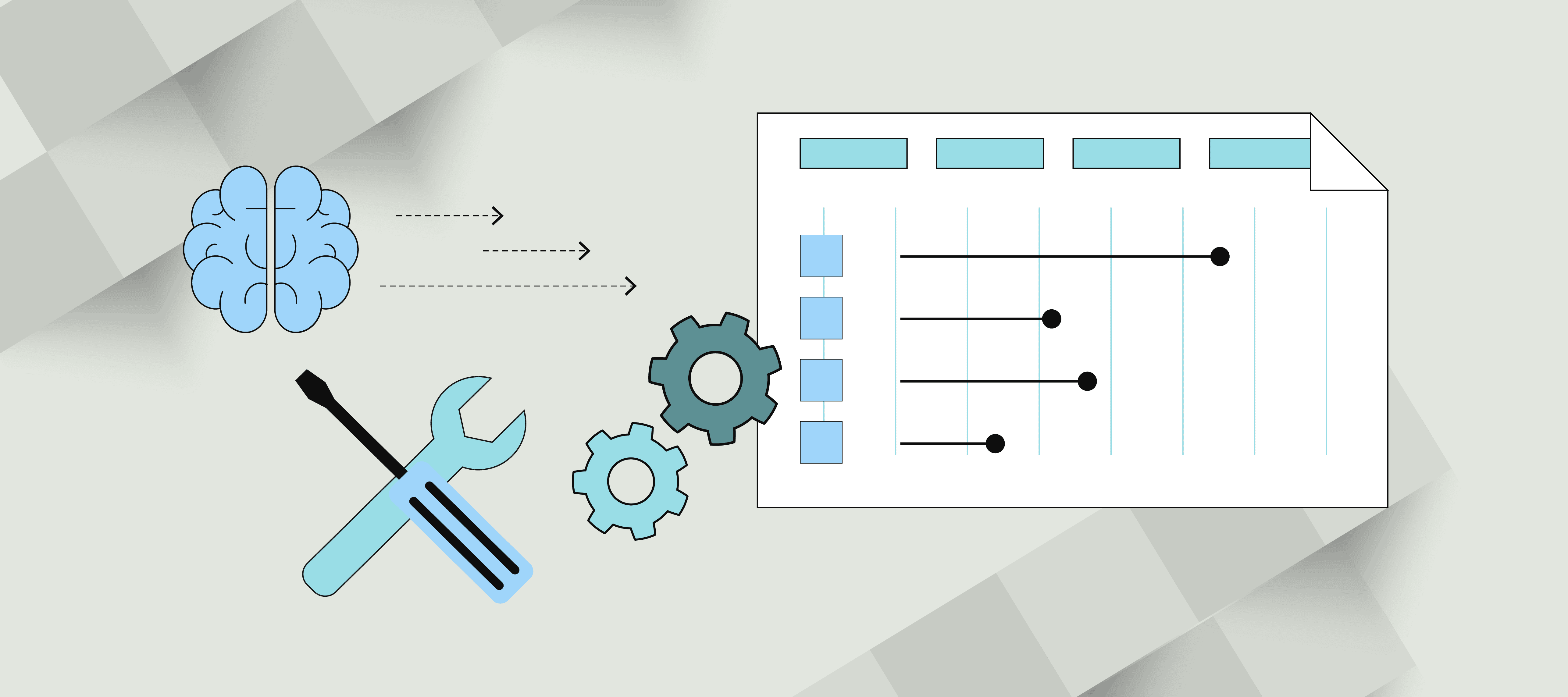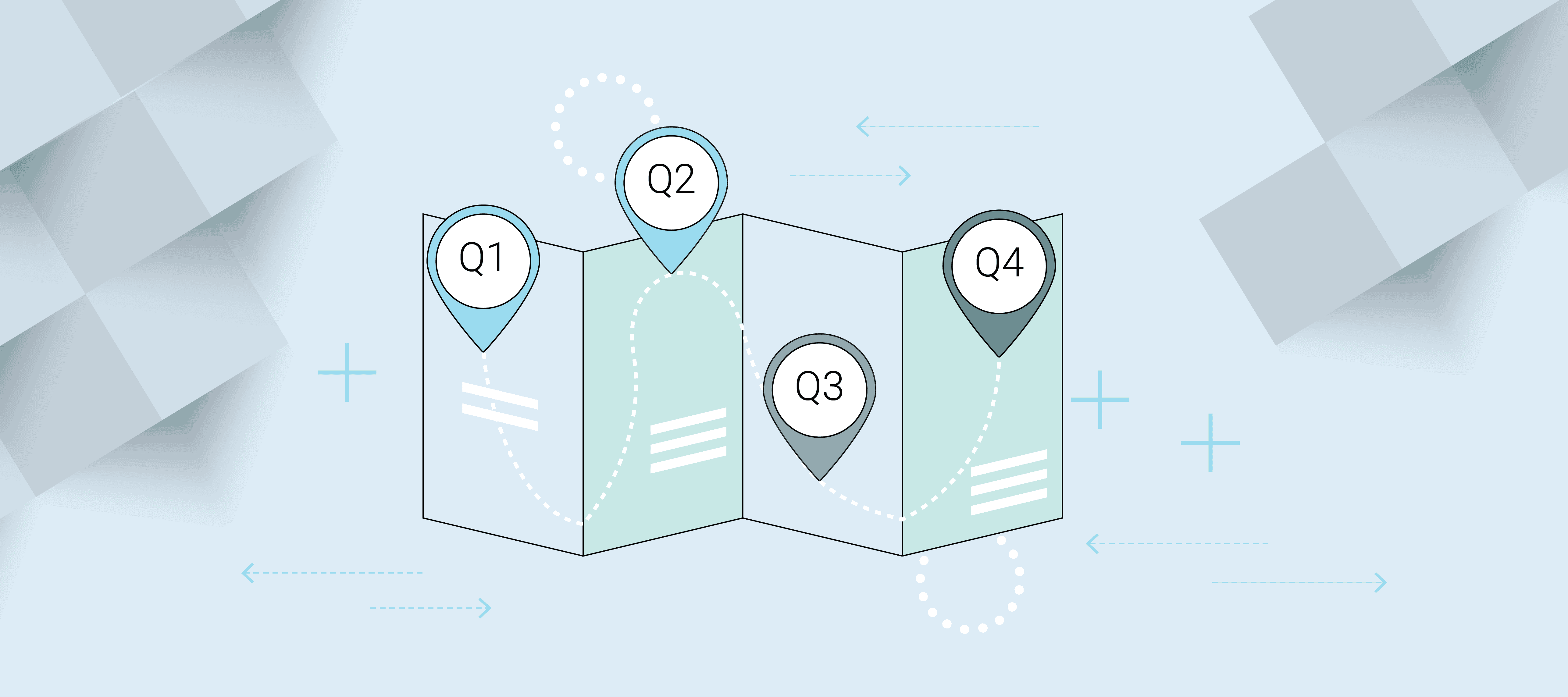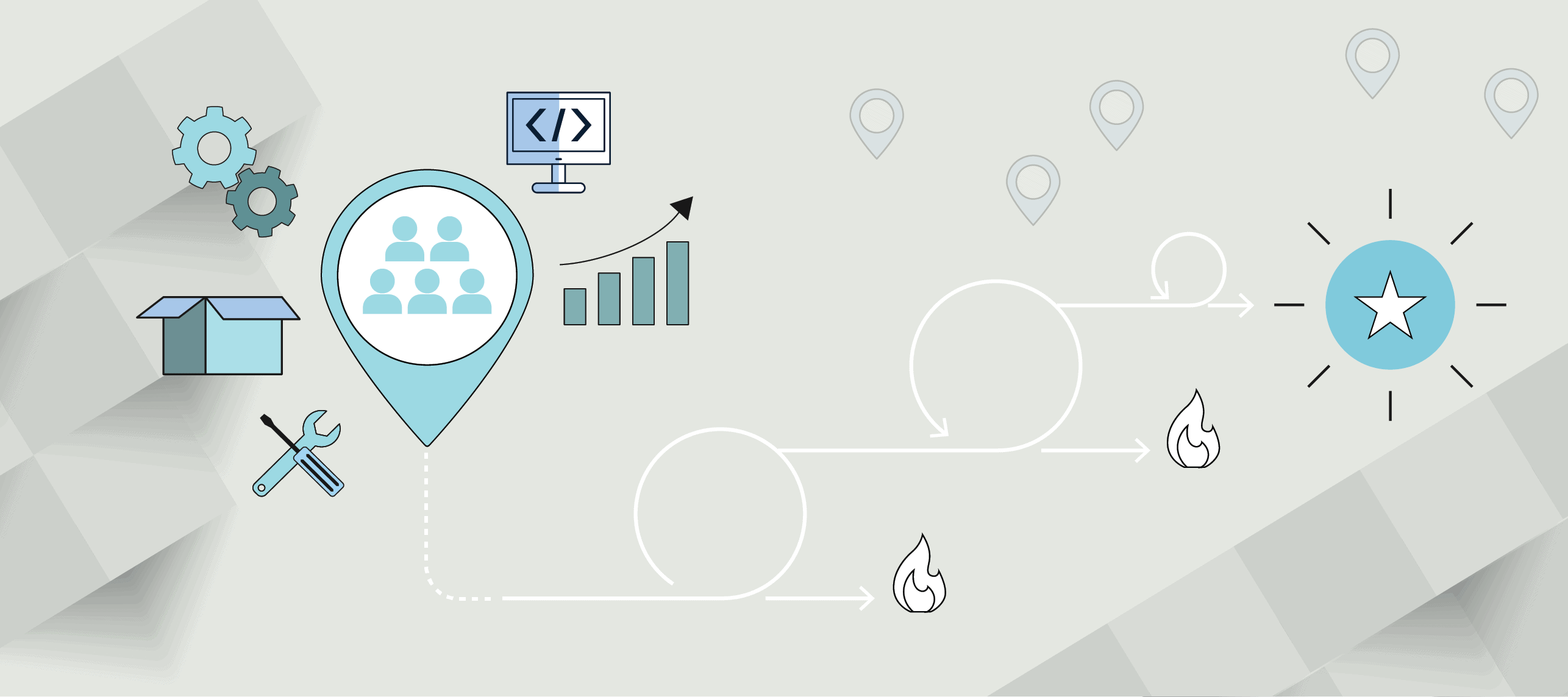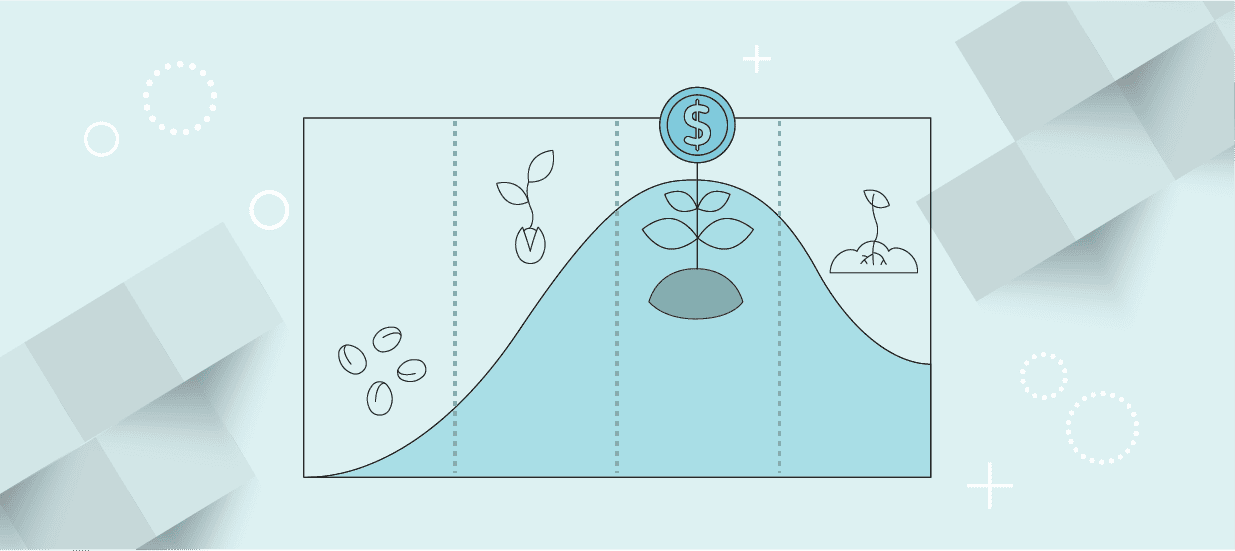6 minute read
Learn the definition and types of sales readiness.
A sales rep I worked with faced a nerve-racking challenge: his first meeting with a Fortune 500 food manufacturer CEO. He was accustomed to meeting with and selling to industrial clients, but this meeting marked a strategic shift in his firm’s focus toward C-level buyers.
As his sales consultant and coach, I knew he and his fellow sales reps were ready to handle these new sales conversations. The key to their success? Sales readiness.
Use these links to jump to the section that most interests you:
What is Sales Readiness?
Sales readiness means preparing sales teams with the knowledge and skills they need to have effective conversations with their buyers. Companies should whether sales teams are prepared with the information and tactics they need, and should certify they are ready for those buyer conversations. It is a relatively new term but represents a fundamental product sales concept.
Why is Sales Readiness Important?
Sales readiness aims to leave the buyer confident that their sales rep is knowledgeable and trustworthy. You want the buyer to think, “That’s someone I’d like to do business with.” Regardless of the deal’s outcome, you always want to leave a good impression on your buyer. Many companies are implementing programs to support sales reps. In 2022, sales solution platform Mindtickle found that only 24% of sales reps received coaching on long-term sales skills. Equipping reps with the skills to understand customer needs throughout the sales process is essential. It is truly a critical component of an overarching sales-enablement strategy.
Types of Sales Readiness
There are four primary types of sales readiness. Each type is integral to comprehensively preparing sales reps and customer-facing team members. In all cases, product marketing and sales-enablement departments can and should work together to ensure reps are genuinely ready to optimize every conversation.
Sales enablement leaders need a strategy to execute effectively within each type.
Foundational Readiness
Foundational readiness involves creating a ready-to-execute onboarding plan for every role in the sales force. The goal of foundational sales readiness is to accelerate new reps to total productivity during their onboarding and improve knowledge retention across every sales role in the field.
For many companies, a common onboarding mistake is the “all-at-once onboarding” that typically takes the form of a four- to five-day boot camp. Reps are overwhelmed with information about every product. Reps drink from the proverbial fire hose in this setting, and knowledge retention is often low.
How can teams build foundational readiness? Implement agile sales onboarding based on the same principles (flexibility, responsiveness, collaboration, etc.) that define agile software development. Agile onboarding helps team members develop specific skills at clear checkpoints. Discrete sales activities should map directly to those skills.
For example, suppose reps must conduct their first prospecting call within two weeks of joining the company. In that case, their onboarding plan should first focus on developing phone communications and listening skills and mastering the company elevator pitch. Once the rep has been certified for those skills, they move on to the next one. This process helps reps develop skills that apply to the customer buying process and across the company’s product portfolio.
Continuous Readiness
The second type of is continuous readiness. Continuous sales readiness aims to ensure that reps are prepared to maximize every buyer interaction. This type of readiness is essential for product marketers.
To get to a state of continuous readiness, taking an “if-you-build-it, they-will-come” approach to sales is not enough. Instead, companies should proactively educate sales reps at regular intervals and in bite-sized modules. Companies should also shift from consumption-centric metrics (e.g., “Did reps complete the learning module?”) to assessment-based ones (e.g., “Can reps perform the skill?”). By training and assessing reps regularly, companies can achieve a state of continuous readiness.
In addition to sales training and assessment, product marketing and sales enablement should work to educate sales reps on product development, including:
- The latest and greatest product capabilities. Sales reps can’t sell new features if they don’t know about them. Current and prospective customers may miss out on desirable features they would otherwise purchase. Reps should know how to articulate and position the benefits of each latest product iteration.
- New product launches. Sales readiness should be a key component of new product timelines so sales reps can begin selling as soon as the product launches. Software platforms, FAQ sheets, product team Q&As, e-learning modules, and dedicated coaching can all prepare reps to position new products effectively. Practice and simulations will also help sales teams position the product relative to buyers’ roles, industry-specific needs, and pain points.
- The broad product portfolio. Comprehensive training and education can instill sales teams with the confidence to upsell and cross-sell products effectively.
Transformational Readiness
The third type of sales readiness is transformational readiness, which involves reboarding the entire field force in a way that minimizes any adverse impact on productivity or revenue. Transformational readiness comes into play when sales organizations must fundamentally change the nature of buyer conversations or with whom they’re having those conversations. These changes often coincide with mergers and acquisitions, new sales methodologies, new markets entered, and new types of buyers. You know you’re in a transformation when you ask your reps to have very different conversations from what they currently have with buyers—and there is a significant gap in the competence and confidence of the reps to have these new conversations.
Reactive Readiness
The fourth and final type of sales readiness is reactive readiness. This can be part of a larger public relations strategy that is executed by sales teams. Reactive readiness mobilizes reps in mere hours to react to significant news – good or bad. This could involve responding to product recalls, competitor mergers, geopolitical events, or other notable issues.
In these cases, the field force should be certified almost immediately to deliver on-message answers to customers and prospects. This readiness will protect the company and brand and keep competitor incursions at bay. A sales emergency-response system should include an execution plan for all communications and processes. Furthermore, they should have tools for building and delivering content quickly.
Impacts of Sales Readiness
All sales teams should be ready with foundational, continuous, transformational, and reactive sales readiness plans. Implementing these plans should be an ongoing process for sales teams and should adapt to support different scenarios and needs that sales teams encounter.
Author
-

Jim Ninivaggi was Chief Readiness Officer at Brainshark Inc. He led Brainshark's sales readiness strategy and boasted over 30 years of experience driving B2B sales productivity. Jim previously led sales enablement research practices at SiriusDecisions.
View all posts








